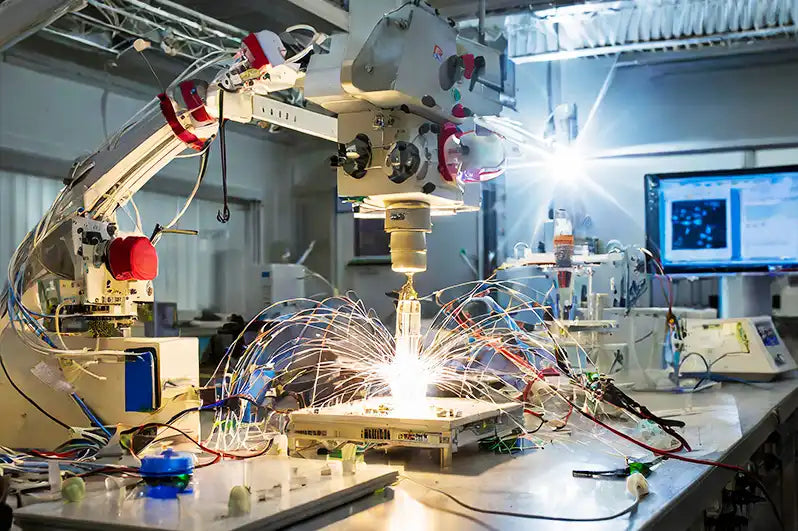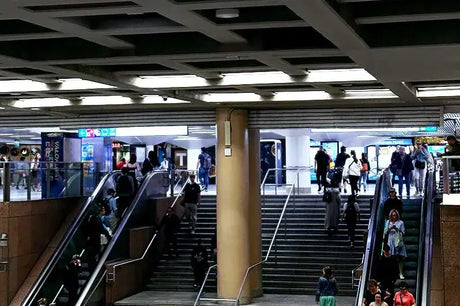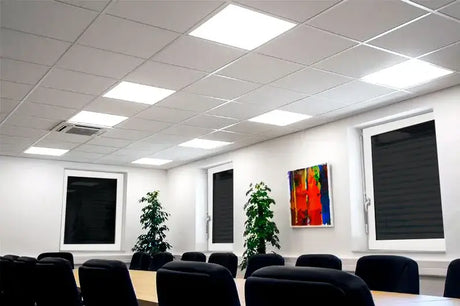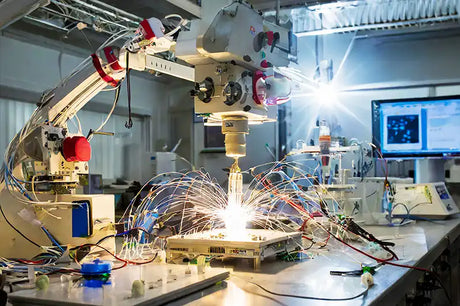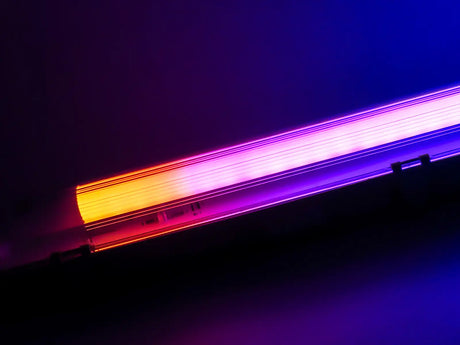Introduction
LED lighting has undergone a remarkable transformation over the past few decades, from an obscure scientific discovery to a ubiquitous and energy-efficient lighting solution. In this article, we will delve deeper into the workings of LED lighting, its origins, and the evolution of its applications. We will also explore some fascinating examples and support them visually with images where appropriate.
The Invention of the LED
The history of LED lighting begins with a groundbreaking discovery in the 1960s. Dr. Nick Holonyak Jr., a scientist at General Electric, developed the first working LED, made of gallium arsenide phosphide (GaAsP). These early LEDs emitted infrared light and had primarily military applications.
How LEDs Work
LED stands for Light Emitting Diode. The basic principle behind the operation of an LED is electroluminescence. When an electric current flows through the semiconductor material (such as gallium nitride), electrons fill holes in the crystal structure and emit photons. This results in the characteristic bright and efficient light.
LEDs and Light Emission
The operation of LED lighting is based on the phenomenon of electroluminescence in semiconductor materials. An LED consists of a semiconductor material sandwiched between two conductive layers. When a voltage is applied across the conductive layers, an electric current flows through the semiconductor material. This current consists of electrons and holes (electron vacancies), which collide with each other in the semiconductor material.
During these collisions, excess energy is released in the form of photons (light particles). The specific semiconductor material used in the LED determines the color of the emitted light. For example, gallium nitride (GaN) is often used for blue and white light, while other materials such as aluminum gallium indium phosphide (AlGaInP) are used for red and green light.
Durability and Long Lifespan
A remarkable feature of LED lighting is its long lifespan compared to traditional incandescent and fluorescent lamps. This is partly achieved by the fact that LEDs do not have a filament that can wear out, and there is also no gas that can escape as with fluorescent lamps.
In addition, minimizing heat dissipation is essential to extend the lifespan of LEDs. LEDs generate heat, but unlike traditional lighting, where heat is wasted, heat in LEDs must be dissipated to maintain performance and lifespan. Heat dissipation is achieved through heatsinks and thermal materials that effectively spread the heat.
Light Loss and Light Control
Although LEDs last considerably longer than traditional lighting, there is some light loss over time. This is often expressed as Lumen Maintenance, which indicates how much light the LED retains after a certain period. High-quality LEDs can have up to 70-90% lumen maintenance after 50,000 hours of use.
The ability to control LED light in different intensities, from soft mood lighting to extremely bright stadium lighting, is made possible by adjusting the current that flows through the LED. Increasing the current can increase the brightness, but this must be carefully managed to avoid overheating.
Evolution of LED Technology
In the following years, LED technology was further developed and refined. Scientists and engineers discovered new semiconductor materials and developed LEDs that could produce visible light. The introduction of blue LEDs in the 1990s was a turning point, as it paved the way for the creation of white light by combining blue LEDs with red and green LEDs.
Applications of LED Lighting
LED lighting has revolutionized various industries. Some notable applications include:
- Residential and Commercial Lighting: LED bulbs are now a popular choice due to their energy efficiency and long lifespan.
- Display Technologies: LEDs are used in televisions, monitors, and billboards due to their ability to display vibrant and clear images.
- Street Lighting and Urban Beautification: LEDs are used in streetlights and architectural lighting to save energy and transform cities.
- Automotive Lighting: Modern cars use LED headlights and taillights because of their brightness and durability.
- Medical Applications: LEDs are used in medical devices, such as phototherapy units for newborns and surgical lighting.
Examples of Innovation
A remarkable example of LED innovation is the development of OLEDs (Organic Light Emitting Diodes). OLEDs use organic materials to emit light, making them flexible, thin, and even transparent. This technology has led to bendable screens and other revolutionary applications.
Conclusion
The journey from the first infrared LED to the advanced LED lighting of today is truly inspiring. LEDs have not only changed the way we approach lighting but have also contributed to energy conservation and sustainability. As we look back on the evolution of LED technology, we can only anticipate even more exciting developments in the future.
References:
- https://nl.wikipedia.org/wiki/Licht-emitterende_diode
- https://www.nrc.nl/nieuws/2018/10/09/de-geschiedenis-van-de-led-a2416629
- https://www.ledsmagazine.com/leds-ssl-design/article/21172274/led-luminaire-design-fundamentals-for-efficient-thermal-management
- https://www.ledsmagazine.com/leds-ssl-design/article/21169792/the-many-factors-contributing-to-lumen-maintenance

